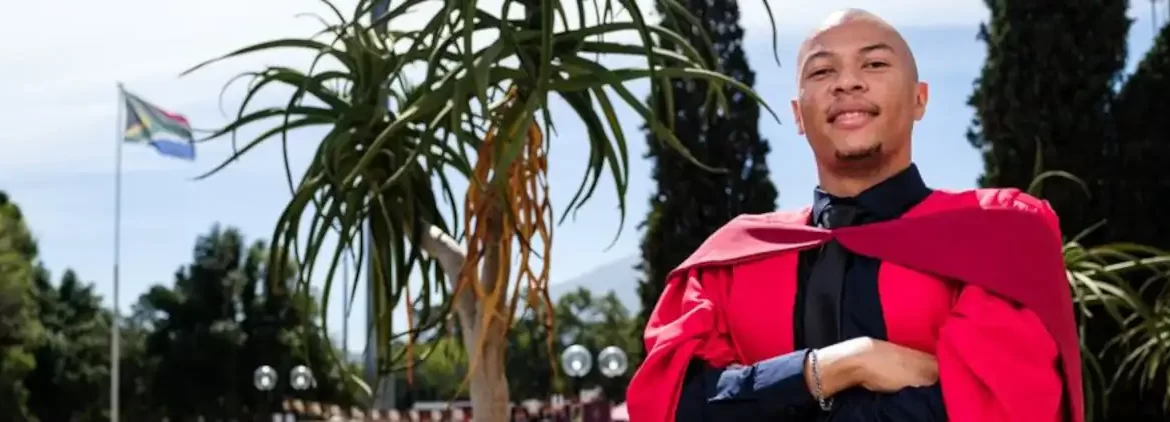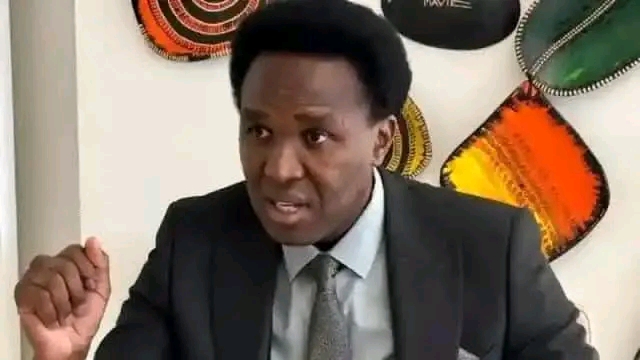Revolutionizing Gold Mining: Zimbabwean PhD Scholar Discovers Hidden Billions in SA
In a groundbreaking achievement, Dr Steve Chingwaru, a 26-year-old Zimbabwean PhD graduate from Stellenbosch University, has made a remarkable discovery in the field of geomatallurgy. Chingwaru’s research has unveiled what is potentially the world’s largest invisible gold resource, estimated to be worth an astonishing R450 billion.
This discovery is not only a testament to his academic prowess but also holds significant implications for the mining industry and environmental conservation, as well as redefining South Africa’s mining landscape.
Also Read: Zimbabwean Truck Driver Arrested In DRC After Causing Fatal Accident
Uncovering a Hidden Gold Mine
Chingwaru’s journey into geomatallurgy is deeply rooted in his family history, with his grandfather, George Nolan, being a legendary prospector who discovered lithium in Zimbabwe.
Following in his grandfather’s footsteps, Chingwaru’s research focused on the tailings of historical mine waste from the Witwatersrand, which contains over six billion tonnes of material with significant gold content.
Through his meticulous research, Chingwaru has revealed that these tailings contain up to 460 tons of “invisible gold” – minuscule particles locked inside other minerals.
This discovery challenges the traditional notion that the low concentration of gold in tailings is not economically viable.
With advancements in extraction techniques, Chingwaru believes that mining these low-concentration sources is becoming increasingly feasible, especially as conventional high-grade gold sources are being depleted.
“Historically, the low concentration of gold inside tailings was considered too low grade to be of value. But now that extensive mining has depleted most of the high-grade concentration of gold, it’s becoming unfeasible to mine – some shafts are already reaching 4 km underground. Looking for gold in low-concentration sources is becoming more viable,” Chingwaru notes.
Addressing Environmental Concerns
Chingwaru’s research goes beyond just uncovering gold reserves; it also addresses the environmental hazards posed by tailings.
The oxidation of sulphides in tailings can lead to the release of acid mine drainage, which is harmful to both the environment and human health.
By finding ways to efficiently process pyrite, the key cause of acid mine drainage, Chingwaru’s work not only promises economic gains but also significant environmental benefits, including the potential reduction of heavy metal pollution.

Academic Acclaim and Future Aspirations
Chingwaru’s work has earned him recognition in the academic world, with his research being published in prestigious journals and receiving accolades at international conferences.
Despite his academic success, Chingwaru remains grounded and committed to his African roots.
He expresses a desire to contribute to the continent’s development and to inspire other African scientists to unlock their full potential.
The young Zimbabwean PhD genius, whose mother and sister still live in Zimbabwe said,
“I’m very proudly African, I love this continent to bits and I’m always encouraging people to come here. There are brilliant scientists in Africa, we’re just not bringing out the full potential of our brightest minds. It’s high time that Africans make discoveries that benefit us all.”
Looking ahead, Chingwaru is considering various employment options, including joining the Institute of Sustainable Minerals in Australia or the Helmholtz Institute Freiberg for Resource Technology in Germany.
Regardless of where his career takes him, Chingwaru’s dedication to scientific discovery and his passion for Africa are evident.
Dr. Steve Chingwaru’s discovery of the world’s largest invisible gold resource is not just a personal achievement but a significant development for the mining industry and environmental conservation.
His work exemplifies the potential of young African scientists to make groundbreaking contributions to their fields.
As Chingwaru continues to explore new horizons in geomatallurgy, one can’t help but wonder: what other hidden treasures are waiting to be uncovered by the brilliant minds of Zimbabwe and Africa?
Follow Us on Google News for Immediate Updates
The post Zimbabwean PhD Genius Discovers World’s Largest Invisible Gold Resource Worth R450 Billion In SA’s Backyard appeared first on iHarare News.










 Zim Instantly via Simplex Solutions
Zim Instantly via Simplex Solutions